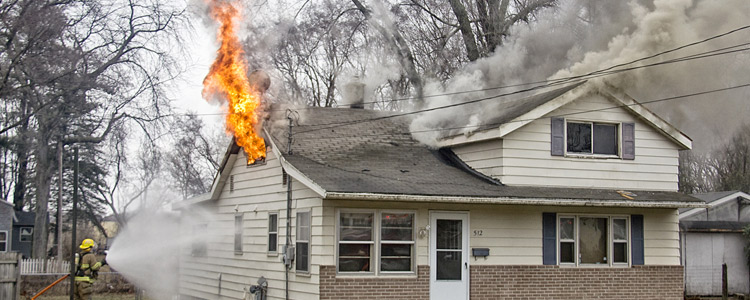Most borrowers think of private mortgages as a last-resort option if they can’t secure financing anywhere else. But private mortgages are gaining traction as a financing option due to the new mortgage rules set by the federal government and the continued caution being exercised by CMHC and the big banks.
Taking Advantage of CMHC rules with Private Mortgages
The one new mortgage insurance rule real estate investors have become all too familiar with is the requirement of a 20 per cent down payment for non-owner-occupied investment property purchases. The Canadian Mortgage and Housing Corporation has also changed its underwriting policy when qualifying real estate investors for mortgage insurance, going from counting 80 per cent rental offset to an to a much lower 50 per cent rental income add back.
Something else that might drive real estate investors to private mortgages in Alberta are tightened CMHC rules for self-employed borrowers. These newly tweaked rules state that BFS (business for self) borrowers with more than three years in the same business, as well as commissioned-income borrowers, are required to provide traditional proof of income to qualify for a loan. Those who have recently become self-employed can still apply for a mortgage, but have to come up with a 10 per cent down payment. These changes will have a big impact and we expect to see more applications from this category of borrowers for private mortgages.
Difference between Private Mortgages & Bank Mortgages
Private mortgage lenders in Alberta operate differently from banks and other mortgage lenders on many levels. One of the major differences is their source of funding – private mortgages get their money through individual investors or groups of investors. Some larger lenders have several different funding sources, or include a pool of mortgages called a MIC (mortgage investment corporation) while smaller investors might simply lend out their own money. MIC’s are very popular in Alberta and British Columbia in both cases, the private mortgage in Alberta is seen as a short-term investment that can be sold off within a year or two as opposed to something to keep on a balance sheet.
Another difference between bank mortgages and private mortgages in Alberta is the application process. Instead of the borrower being scrutinized, the property is what gets the most attention from a private lender. This is because private mortgages in Alberta are uninsured, meaning the lender must fall back on the property should a default occur. For this reason, properties in smaller towns or rural areas likely won’t qualify for as much money with a private lender – 65 per cent LTV compared to 85 per cent in an urban centre, for example.
Their primary criteria is the condition the property is in, where it’s located and how easy it is to sell if the borrower gets into trouble. If that fits, they look at the character of the client, their ability to repay, and the purpose of funds, very seldom will they verify borrower income, which can be attractive to many real estate investors.
Contact a local Brokers For Life mortgage associate, to get started on your private mortgage application, today.






